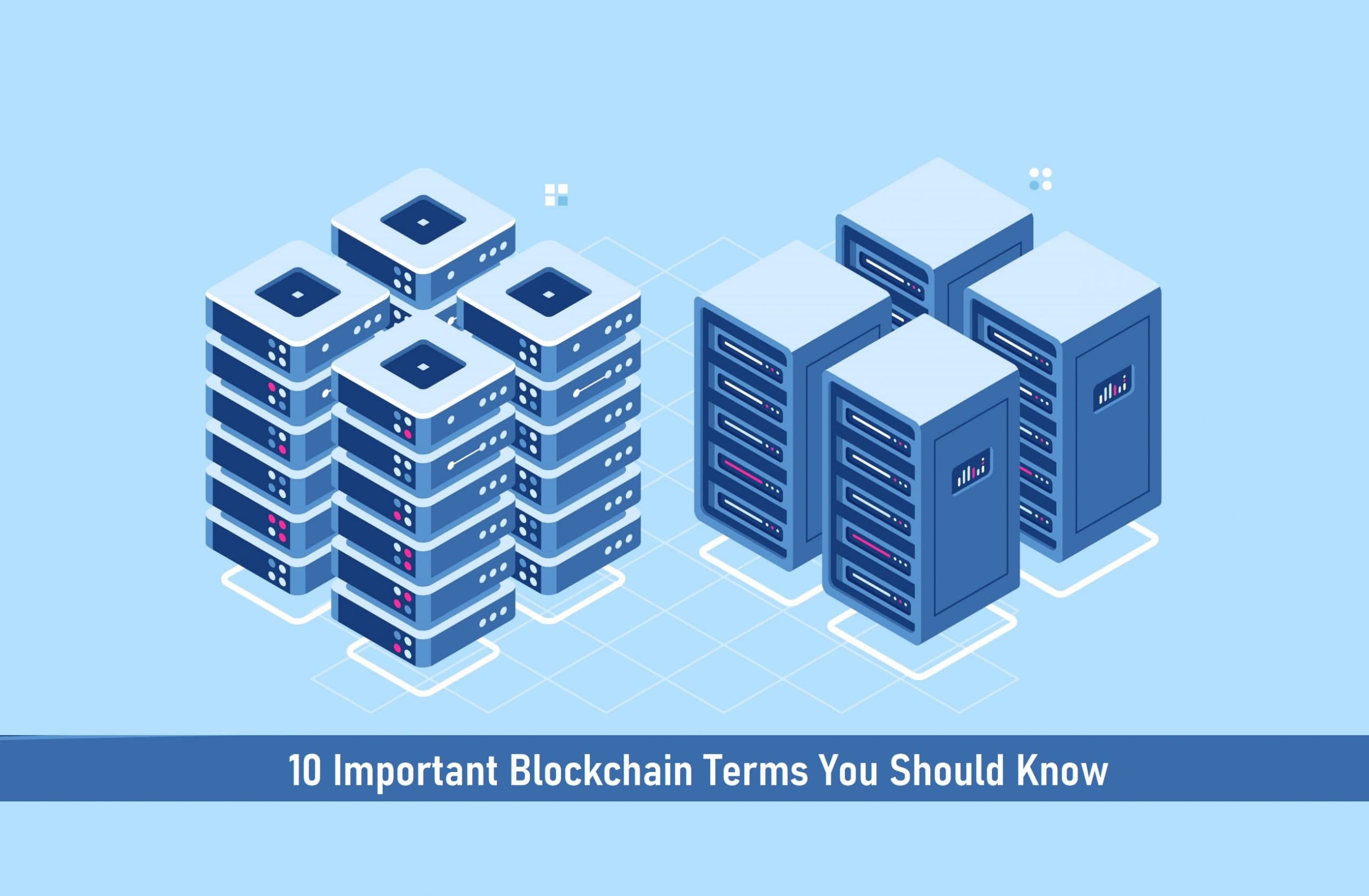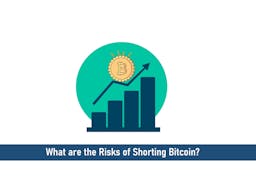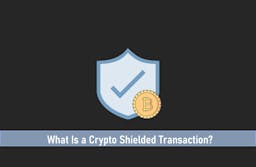
Blockchain technology is the foundation of all cryptocurrencies. Today, there are at least four types of blockchain networks you should know, they are private blockchains, public blockchains, consortium blockchains, and hybrid blockchains.
The first step towards building a sustainable crypto portfolio is becoming familiar with the terms used within the crypto space, in which blockchain is an often-used term.
Having a good knowledge of basic blockchain terminologies will enable you to understand crypto news & updates and also help you spot valuable market opportunities like airdrops, ICOs, mining, staking and so many other updates.
In this article, I will highlight the key blockchain terminologies in you are just getting started with crypto or blockchain development.
Key Takeaways
• Blockchain technology is the foundation of all coins & tokens.
• Blockchain is used in a decentralized way void of individual control and manipulation.
• There are currently four main blockchain networks as mentioned above.
• There are over 150 blockchain terms, you can explore in the crypto dictionary.
What is a Blockchain?
A blockchain is a chain of blocks that functions as a virtual ledger on which cryptocurrency transactions are processed, verified, and recorded.
Some rules governing how data is recorded and encrypted on the network. An example is the popular Ethereum blockchain upon which many ERC-20 token transactions are recorded.
Blockchains are Decentralized, stored across several computers and networks on a peer-to-peer basis governed by cryptoeconomics. Anyone can view the records on a blockchain and also contribute to verifying transactions as well.
Basic blockchain terms you need to know
Now that you have an understanding of what a blockchain is, these are the terms basic to intermediate terms you should get familiar with.
1. Block
A block is a collection of crypto transaction data. Recent transactions on a network are continuously recorded and grouped in a block until they are validated and closed.
Beginning from the very first block, known as the Genesis block, all other subsequent blocks are linked to the former once they are validated, forming a chain.
A change in one block is reflected in every other block.
2. Altcoin
All altcoins are cryptocurrencies but not all cryptocurrencies are altcoins. Altcoins refers to cryptocurrencies that are not Bitcoin. So, Bitcoin is not an altcoin, but any other digital coin you can think of falls under the term altcoin.
Since Bitcoin is the beginning of cryptocurrencies and also the first coin, it holds the core features of what blockchain technology is all about. Other coins sprang up based on Bitcoin plus extra features and thus were referred to as alternative coins.
In other words, altcoins. Ethereum (ETH), Ripple (XRP), Binance coin (BNB), Dogecoin (Doge), Tron (TRX), etc are examples of altcoins.
3. DeFi
DeFi, which is short for Decentralized Finance, refers to finance that is void of a central authority.
The blockchain is Decentralized, lacking a central authority to act as a middleman between two parties performing a transaction. Therefore, financial activities performed on the blockchain are referred to as DeFi as one can send or receive assets directly, strictly between you and the recipient or sender and no one else.
4. Exchange
An Exchange is an online marketplace for buying and selling cryptocurrencies. Here you can buy crypto using your local currency, exchange one cryptocurrency for another, and withdraw cryptocurrency by selling them for cash.
Money is deposited through different payment methods just like brokerage in traditional finance. Fees are also charged for each transaction on an Exchange. Examples of popular exchanges include Binance and Coinbase.
5. Smart Contract
When transactions take place, both parties involved usually agree before it. This agreement, in other words, contact, when recorded on a blockchain is referred to as a smart contract.
In the real world, a contract is drafted by a third party acting also as the witness. But in the case of Smart contacts, it is smart in the sense that it gets initiated automatically, open to the knowledge of both parties involved.
6. Fiat
Fiat refers to real-world currencies we use in day-to-day life. They are the local currencies that are influenced by government policies.
For example, the Dollar, Pounds, etc. Cryptocurrencies can be used to purchase or exchange for other cryptocurrencies. But to own crypto assets first, one has to buy with fiat.
7. Wallet
A cryptocurrency wallet is a storage for holding cryptocurrencies. Cryptocurrencies are digital assets, meaning they do not exist in physical form, only on the blockchain.
Since you cannot hold them, there is no way you can put them in your purse or pockets for safekeeping, hence the need for a wallet to reflect the amount you own on a blockchain and grant you access to it for use when you want to send it.
Wallets come in different forms and categories. There are hot and cold wallets, and they appear as apps or software available on mobile and desktop platforms, like the MetaMask wallet, or a physical hardware wallet. Compare Ledger Nano X and Trezor Model One.
All wallets, despite the form, perform the function of holding, sending, and receiving cryptocurrencies.
8. Stablecoin
Stablecoins are cryptocurrencies whose value is tied to or pegged to the value of another asset. That is to say, a unit of a stable coin will always be equivalent to a unit of the underlying asset.
An example of a stablecoin is the USDT which is pegged to the US Dollar. 1 USDT will always be equivalent to 1 US Dollar. As for what 1 USDT will be worth, depends entirely on what a US dollar is worth.
Stablecoins are usually used as a low-risk investment for storing crypto without much effect from the volatile cryptocurrency market.
9. Token
A Token is a crypto asset that runs on a pre-existing blockchain. They do not have their standalone blockchain and therefore depend on the features of a particular blockchain to function.
Tokens are designed for a particular use other than as a store of value. Tokens are not the same thing as coins as there are notable differences between coins and tokens.
10. NFT
An acronym for Non Fungible tokens, NFTs are individually unique tokens. That is to say, an NFT only exists as one of a kind asset that cannot be replaced.
NFT is the digitized version of the normal day-to-day unique collections. Videos, cars, articles, songs, and NFTs can be of any form including pictures which are the most popular NFTs at the moment. Did you know you can even convert your photos to NFT and sell them online?
You can check our crypto dictionary for more cryptocurrency and blockchain terminologies.
Q1. What are the technologies used in blockchain?
Blockchains have a Decentralized setting. However, 3 things make a blockchain worthy to be called one. A peer-to-peer network with a consensus. Computing capabilities to store the shared knowledge. Cryptography, to keep only two parties involved.
Q2. How many blockchains are in existence?
So many coins and tokens, there are over 1000 blockchains existing. Though Bitcoin pioneered as the first blockchain, the technology has evolved a lot to be of different types.
Now that you have good quality knowledge of the basic blockchain terms, you should know there are more to explore. A better way to understand is by practicing.
Explore our 6 beginner steps to investing in cryptocurrency now that you are confident to harness the features of blockchain technology.
Read More




